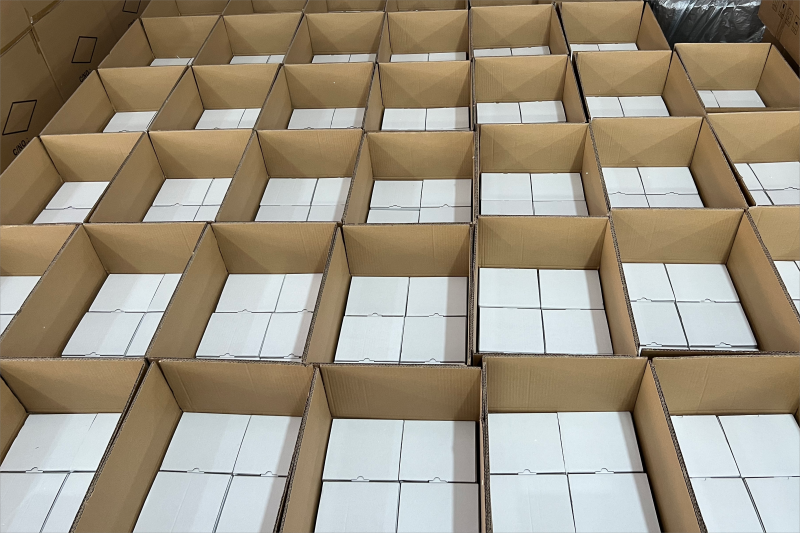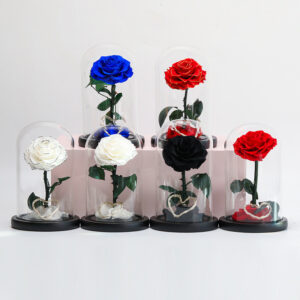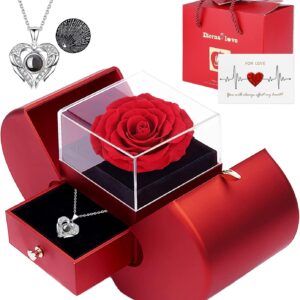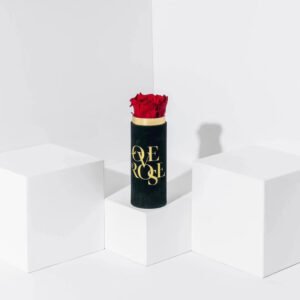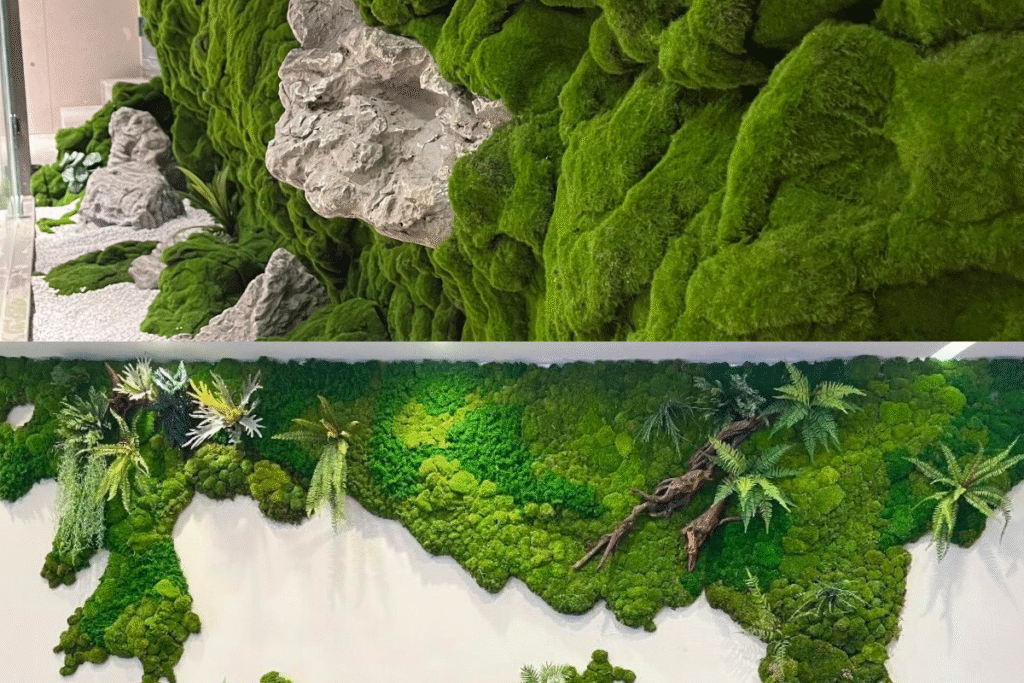
When you’re designing a space—whether it’s a corporate lobby, a shopping mall corridor, or a hotel lounge—green walls and moss features are no longer just decorative. They signal brand values, set the mood, and influence how people remember the place. The challenge? Choosing between artificial moss and preserved moss.
On a photo or a mood board, the two can look almost identical. But once installed, they behave very differently. If you make the wrong call, you risk fading colors, wasted budgets, or even compliance issues. In this guide, I’ll explain the key differences by looking at how each option performs in real-world scenarios.
1. Understanding the Two Materials
Artificial moss is manufactured from synthetic materials like plastics, fibers, or foams. It is designed to imitate the look of natural moss while offering consistency, strength, and low maintenance.
Preserved moss starts as real, living moss. It’s harvested and treated with safe solutions such as glycerin to lock in flexibility and color. It no longer grows, but it maintains the authentic texture and irregular beauty of nature.
In short: artificial moss is about endurance, preserved moss is about authenticity. For more detail, please feel free to email inquiry@sweetie-group.com
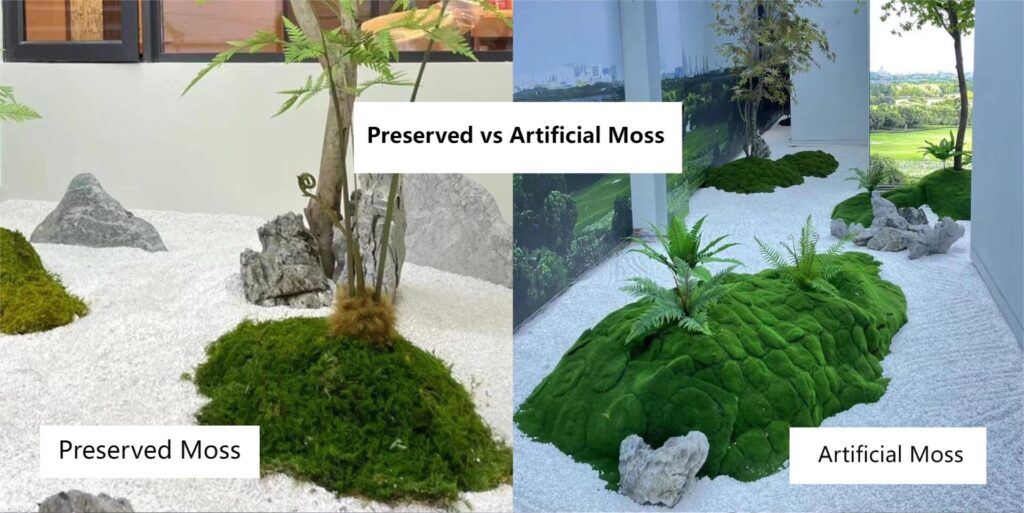
2. How They Perform in Different Environments
Office Interiors
- Artificial moss: Stable under air conditioning and resistant to accidental cleaning mistakes. It is ideal for utility spaces or places where staff have no time for upkeep.
- Preserved moss: Adds a premium, calming presence to meeting rooms and executive offices. It requires stable humidity but pays off with a natural, sophisticated look.
Shopping Malls
- Artificial moss: The better choice for atriums, entrances, or signage exposed to daylight and heavy foot traffic.
- Preserved moss: Works well in quieter indoor areas, like lounge corners or corridors where people sit and relax.
Hotels and Restaurants
- Artificial moss: Suits temporary seasonal displays or partitions that need to change often.
- Preserved moss: Perfect for lobby feature walls where guests take photos. It creates a high-end, biophilic atmosphere that enhances brand image.
Events and Exhibitions
- Artificial moss: Easy to transport, reuse, and set up quickly.
- Preserved moss: Used only when a short-term event requires a luxury look and close-up realism.
👉 Not sure which scenario matches your project? Email inquiry@sweetie-group.com and we’ll help you assess based on your site conditions.
3. Cost vs Value Over Time
- Artificial moss: Lower upfront cost, very durable in harsh conditions. But if you choose low-grade materials, they may fade or look too uniform under bright light.
- Preserved moss: Higher initial investment, but can last 8–10 years indoors with minimal care. The payoff is in long-term aesthetics and perceived value.
A simple way to think about it: artificial moss saves money today, preserved moss saves reputation tomorrow.
4. Compliance and Sustainability
For large commercial projects, compliance is not optional.
- Fire Safety: Artificial moss can be manufactured with fire-retardant coatings. Preserved moss, being organic, may need additional treatment. Always request documentation before procurement.
- Environmental Impact: Artificial moss is plastic-based. Preserved moss is natural, biodegradable, and fits better with sustainability goals or green building certifications.
👉 Need compliance certificates or test reports? Contact us at inquiry@sweetie-group.com for documentation.
5. Common Mistakes Buyers Make
- Using preserved moss outdoors. Sunlight, rain, and humidity will damage it.
- Choosing low-quality artificial moss. Cheap versions look glossy and fake, undermining the entire project.
- Skipping certification checks. Without fire or safety approvals, projects can face costly delays.
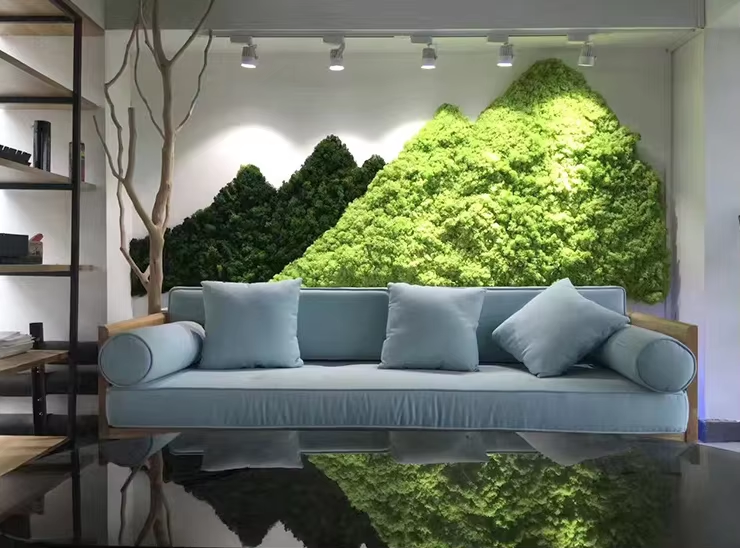
6. A Decision Framework That Works
When deciding between artificial and preserved moss, ask yourself these three questions:
- Is my installation indoors or outdoors?
- Will visitors see it up close, or mostly from a distance?
- Is my priority lowest upfront cost or highest long-term value?
If your project is outdoors or highly exposed, artificial moss is safer. If it’s an indoor, premium space where authenticity matters, preserved moss is worth the investment.
👉 Want samples of preserved moss for a side-by-side test under your project lighting? Reach out at inquiry@sweetie-group.com.
Final Thoughts
Artificial moss and preserved moss are not rivals—they are different tools for different design goals. Artificial moss is about toughness and predictability. Preserved moss is about natural beauty and lasting impression. The smartest choice is the one that aligns with your project environment and client expectations.
With the right material, you won’t just fill a wall—you’ll shape how people experience the entire space.

Annie Zhang, CEO of Sweetie-Gifts





